What is the difference between Yoga and Pilates?
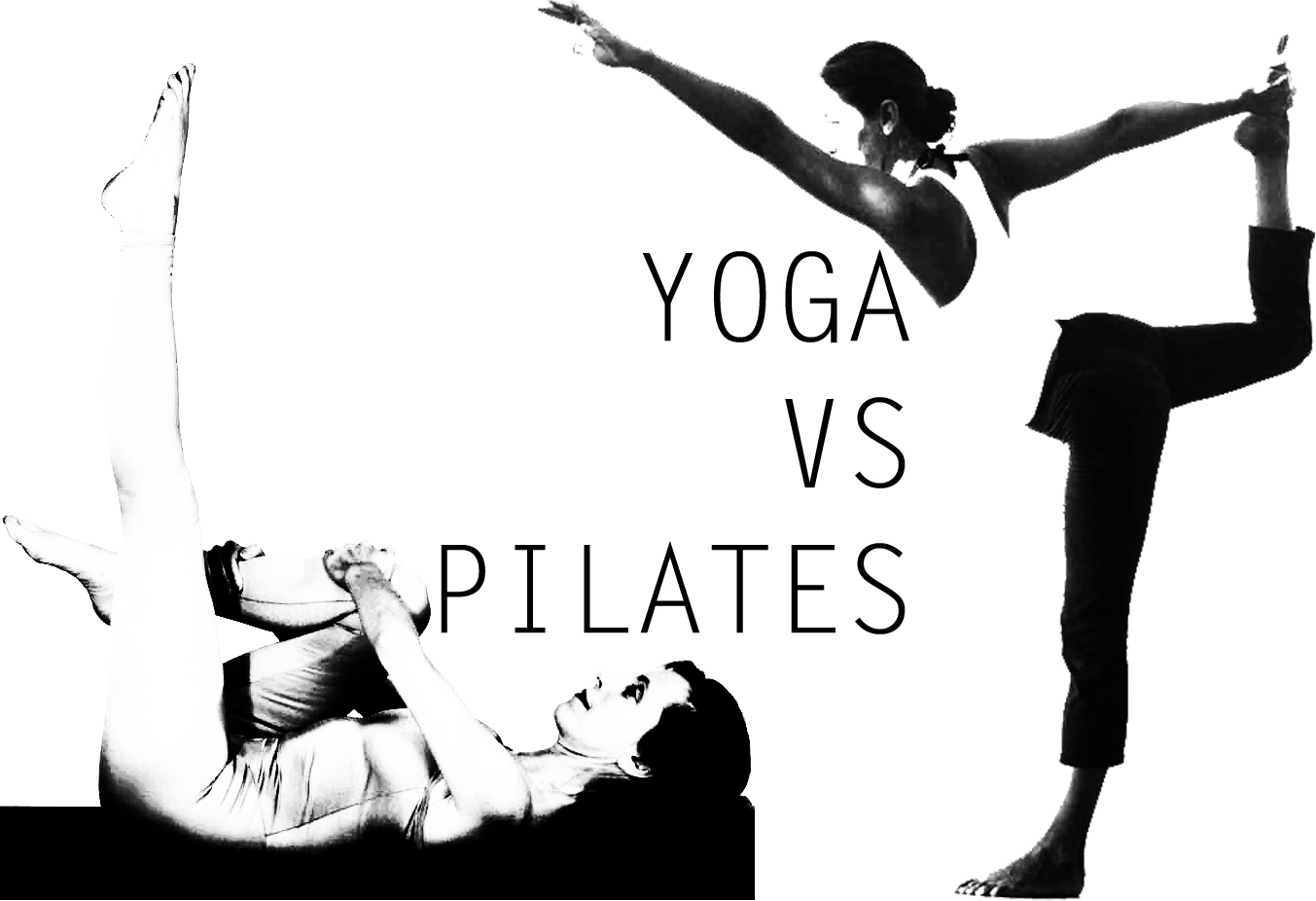
Many people ask if Yoga and Pilates are similar so I’m going to go through the similarities and differences in this post.

Yoga is more mind-body-spirit
I am not going to do a Yoga Vs. Pilates write-up because honestly that really irritates me when I see fitness professionals dissing forms of exercise that they don’t believe in. If millions of people are following any form of exercise over many years clearly there must be some benefit right??
So here goes; both Yoga and Pilates focus on breathing and a mind-body connection. Pilates exercises were originally derived from different forms of physical arts such a gymnastics , martial arts and yoga. (which is why some of the exercises in Pilates look similar to Yoga poses).
Both offer benefits such as better posture, better sleep, increased flexibility, better balance, stress release.
Yoga is much older, originating in India and was developed thousands of years ago. Pilates was developed around the early 20th century by a German named Joseph Pilates.
Yoga emphasizes a mind-body and spirit connection whereas Pilates focuses on just the mind and body aspect. To put it another way I would say that yoga is all about how you feel and Pilates more about how you look. Not to say that you don’t feel good after a Pilates class 🙂 it is just not meant or expected to be a be spiritual experience.
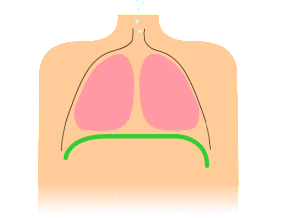
Diaphragmatic breathing
While both forms focus on breathing in and out at specific points in the exercise, the way you breath in Yoga and Pilates differs. Yoga focuses on breathing into the stomach (diaphragmatic breathing) and Pilates into the side and back of your rib cage (posterio-lateral breathing). Also in Pilates you breathe in through the nose normally but breathe out through pursed lip (like blowing out a candle).
Yoga involves getting into and then holding the asana (static postures) before transitioning into the next pose. Pilates is a series of fluid movements all done using the core muscles in the trunk of the body to stabilize the body through any movement. It aims at creating “dynamic stability”.
Yoga is all about channeling energy through the body through different poses or asanas in order to keep the body supple and flexible. All Pilates exercises are focused on building core strength, long lean muscles and stabilizing the body and bringing it into a neutral alignment .
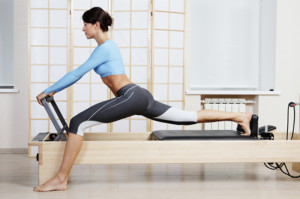
Larger Pilates equipment-Reformer
Yoga is done using our own body weight as resistance and done on the floor. Pilates has exercises that can be done on the floor but also a wide variety that is done on large equipment like the reformer, Cadillac, chair, ladder barrel etc.
Yoga is more than just an exercise; it is a holistic approach to fitness, hygiene, lifestyle and nutrition. Pilates is more about physical conditioning and developing core strength, and is increasingly being used in rehabilitation and physical therapy.
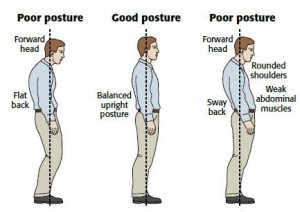
Pilates focuses on the body’s neutral alignment
I’m sure there are more differences between the two. However increasingly the line between the two is also blurring where people want to combine the benefits of the two forms resulting in ‘Yogalates’. Individually too both Yoga and Pilates are evolving. From classical yoga to Ashtanga Yoga, Hatha Yoga and more recently Bikram Yoga etc. From classical Pilates to more contemporary approaches such as STOTT , Fletcher and Winsor Pilates.
Finally the way I see it, some form of exercise is better than none! If you are confused sign up for one and then the other do it for a few months and then see if you like both or just one and pursue it.
Disclaimer : I am not claiming to be an expert on either, these are just my observations through my limited experiences!
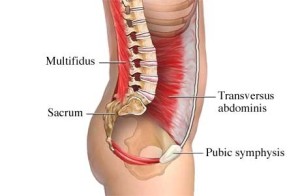

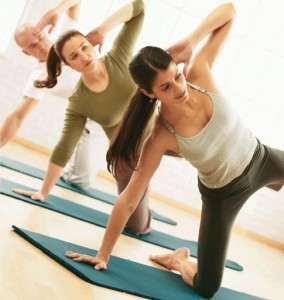
MOST COMMENTED